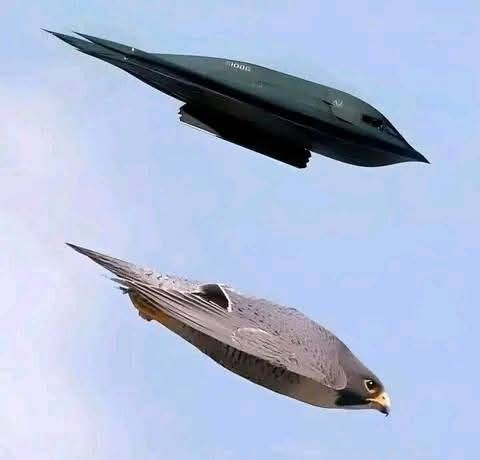Opinion
Will US Strikes on Iran’s Nuclear Sites Bring Peace or Precipice?

The Middle East, a region perpetually teetering on the brink, just witnessed a seismic shift. The United States, in a coordinated effort with Israel, has reportedly “obliterated” key Iranian nuclear sites. While proponents argue this decisive action will cripple Iran’s nuclear ambitions and thus reduce regional tensions, the overwhelming consensus, and indeed the historical precedent, paints a far grimmer picture: this move is likely to ignite a dangerous escalation, not a reduction, of conflict.
The very premise of “reducing tension” through military strikes in such a volatile region is, at best, a naive hope, and at worst, a dangerous delusion. History offers stark warnings. The 2003 invasion of Iraq, for example, aimed to neutralize perceived threats, yet it plunged the country and the wider region into prolonged instability and sectarian violence that continues to ripple today. Similarly, countless interventions and targeted strikes in the Middle East have rarely led to lasting peace, often instead fueling resentment, radicalization, and a thirst for retaliation.
Iran’s immediate response underscores this grim reality. Tehran has condemned the strikes as a “grave violation” of international law and the UN Charter, vowing “everlasting consequences” and reserving “all options to defend its sovereignty, interest, and people.” This is not the language of de-escalation. Reports are already emerging of Iranian retaliatory missile strikes on Israel and threats to target American bases across the Middle East. The Strait of Hormuz, a critical global shipping lane for oil, is now a flashpoint for potential disruption, with direct conflict with the US Fifth Fleet a chilling possibility.
Experts widely agree that while the strikes may have temporarily set back Iran’s nuclear program, they are unlikely to eliminate its ambitions entirely. Iran has dispersed and hardened its facilities, and its scientific expertise remains intact. If anything, this attack could harden Iran’s resolve to acquire a nuclear deterrent, viewing it as the only credible safeguard against future assaults. Such a scenario would inevitably trigger a dangerous nuclear proliferation cascade in the region, with other states feeling compelled to develop their own arsenals for self-preservation.
Furthermore, the involvement of the US directly embroils Washington in a direct military confrontation with Iran, a dangerous departure from previous proxy conflicts. This raises the stakes exponentially, risking direct attacks on US personnel and assets in the region, and potentially drawing in other regional and global powers. The carefully constructed, albeit fragile, diplomatic channels are now shattered, leaving little room for de-escalation through dialogue.
While some might argue that a strong military posture is necessary to deter Iran, the current approach appears to have bypassed the opportunity for a negotiated settlement. The international community, including the UN, has condemned the strikes, calling for immediate de-escalation and emphasizing that there is “no military solution.” The focus, they argue, must return to diplomacy.
In conclusion, the US strikes on Iran’s nuclear sites, far from reducing tension, have likely unleashed a new and perilous chapter in the Middle East. The immediate aftermath suggests a region bracing for further retaliation and instability. The dream of a de-escalated Middle East through military might has, once again, been swallowed by the mushroom cloud of uncertainty, leaving a trail of “everlasting consequences” and the chilling prospect of a wider, more devastating conflict. The path to true reduction in tension lies not in the destruction of facilities, but in the painstaking, often frustrating, yet ultimately indispensable work of diplomacy and de-escalation.
Comrade Godwin Anyebe is a Journalist and a Rights Activist.
